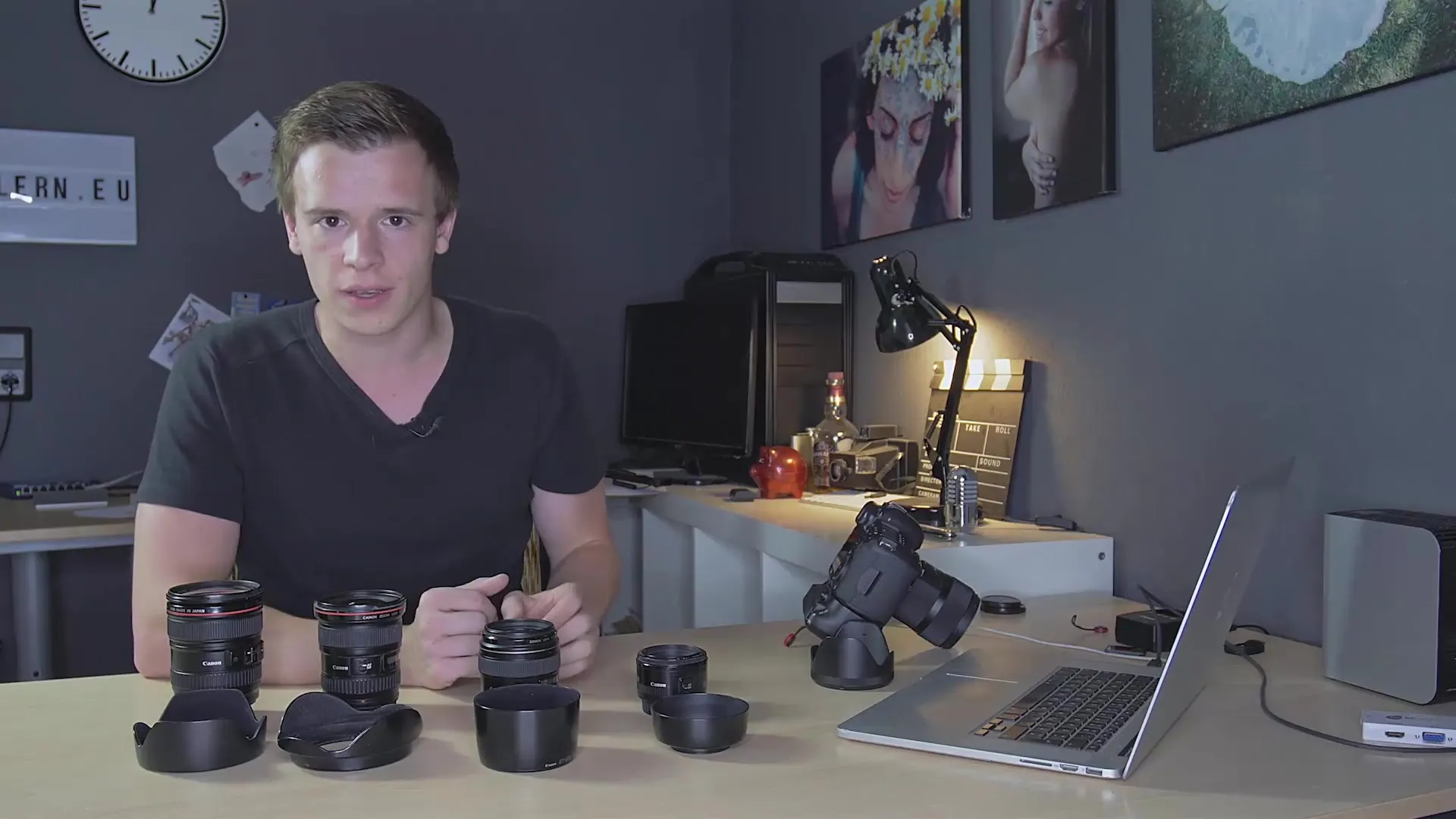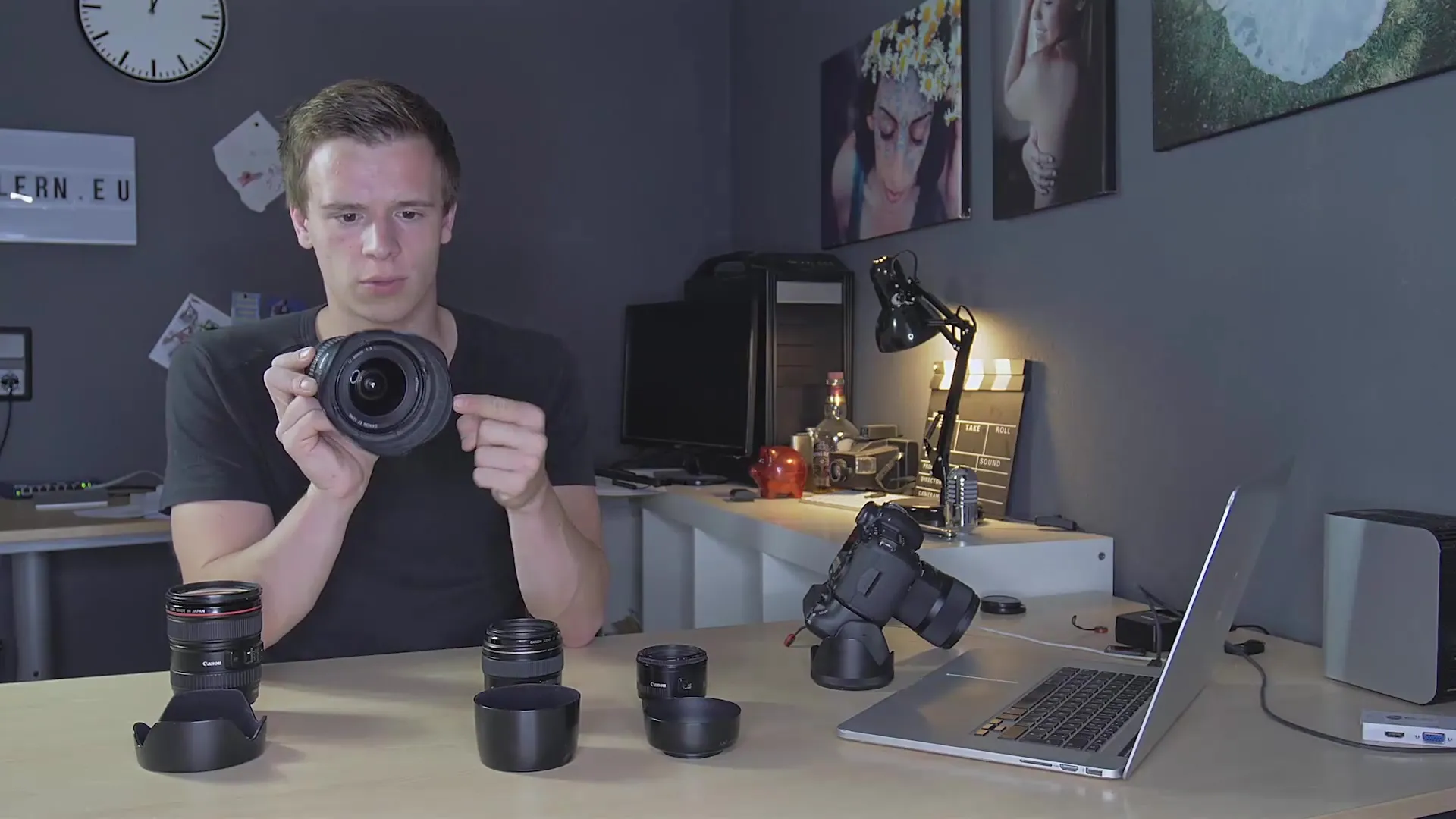The lens hood is a small, often overlooked accessory that plays a central role in photography. It is more than just a plastic ring; its functions are so varied and important that you should not underestimate it in your gear. In this guide, you will learn all the essentials about the lens hood: from its functionality to practical application tips.
Key Insights
- The lens hood protects the lens from unwanted light and ensures a more contrast-rich image.
- It provides physical protection for the lens and can shield it from bumps, dirt, and weather influences.
- There are various shapes of lens hoods that are necessary depending on the type of lens (wide-angle or telephoto) to avoid obstructing the image.
- Improper handling can complicate usage; therefore, it is important to mount it correctly.
1. Choosing and Purchasing a Lens Hood
If you are new to photography, you may have noticed that many high-quality lenses come with a lens hood. However, cheaper lenses may not include this hood in the package. In such cases, you can purchase it separately. Make sure to choose an original or high-quality replica. This ensures that the hood fulfills the desired functions without compromising image quality.
It is important to know that a lens hood usually does not cost much and is well worth its price when you consider the additional benefits.
2. Mounting the Lens Hood
To attach the lens hood, look for the two red dots located on both the hood and the lens. When these points align, you can simply twist the hood onto the lens until it is securely in place. This is a simple process, but make sure to mount the hood correctly; an incorrectly mounted hood can be not only impractical but also look unprofessional.

While it may make sense to mount the hood upside down for transport to save space, this is not the best solution for use while shooting.
3. Benefits of the Lens Hood While Shooting
The lens hood has several advantages, especially when shooting in strong backlighting situations. It ensures that no direct light from above, below, or from the side reaches the lens. This reduces reflections and improves the contrast of the captured image. A clearer and more contrast-rich image is particularly beneficial in challenging lighting conditions.

Additionally, the hood prevents lens flares, or distracting light reflections, from degrading image quality.
4. Physical Protection of the Lens
Another often overlooked advantage of the lens hood is the physical protection it offers for your lens. When you are on the go with your camera and may bump into objects, the hood protects the delicate lens from damage. While the lens hood has little material value, it is a practical and cost-effective element for protecting your camera gear.
Remember that the protection offered by the hood is more effective than that of the lens itself since you can more easily replace the hood if it is damaged.
5. Cleaning and Maintaining the Lens Hood
To achieve the best possible results, you should regularly clean both your lens hood and your lens. Dust, dirt, and other particles can accumulate on the hood and affect image quality. The hood can be quickly cleaned with a soft, dry cloth or a special lens cleaning tool.
Inside the hood, there is usually a soft felt material that traps dust and dirt before they reach the lens. This helps keep your lens in better condition.
6. Different Shapes of Lens Hoods
Have you ever wondered why some lens hoods are square while others are round? The shape is not randomly chosen; it has a practical reason. On wide-angle lenses, hoods are often square to ensure that the entire image remains visible. For telephoto lenses, this is not necessary since the focal length is so high that the round shape does not negatively affect image capture.
This is why wide-angle lenses always have some edges to avoid blocking the image edges, whereas telephoto lenses often use a round shape.
7. Conclusion on Using a Lens Hood
In summary, the lens hood is an indispensable accessory for every photographer. It offers both functional advantages in terms of image quality and physical protection for your gear. The only downside might be that the hood slightly extends the lens, but this is usually not a serious issue. Always attach the lens hood correctly and benefit from the advantages it provides.
This way, you can enhance the quality of your photographs and use your equipment more effectively utilize.
Summary – Lens Hood: The Secret Tip for Better Photos
The lens hood is a valuable tool in photography that enhances both protection and image quality.
Frequently Asked Questions
What are the main functions of a lens hood?The main functions are protection from stray light and physical damage, as well as improving contrast in the image.
Can I use a lens hood for any lens?No, the lens hood should be specifically designed for the particular lens model.
How do I best clean my lens hood?With a soft, dry cloth or a special lens cleaning tool.
Why are some lens hoods square and others round?Square hoods are used on wide-angle lenses to avoid blocking the image, while round ones are used on telephoto lenses.
What is the purpose of the felt inner side of the hood?The felt collects dust and dirt before they reach the lens.


